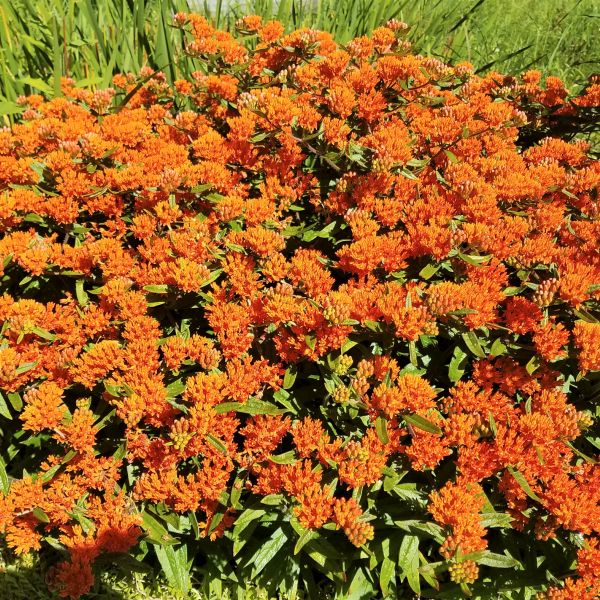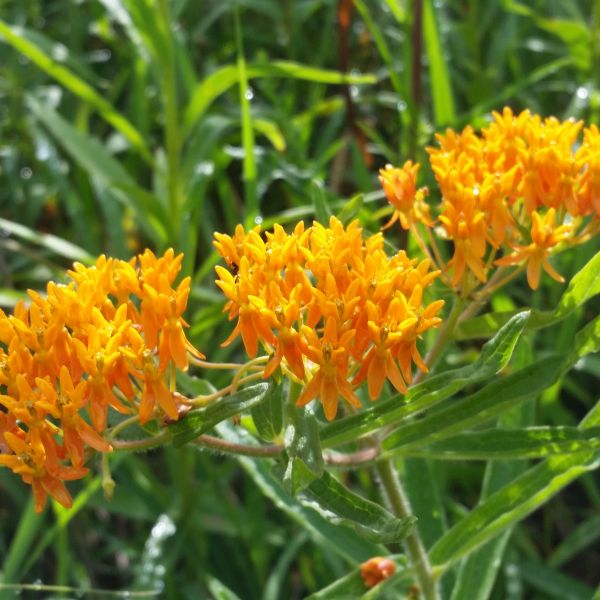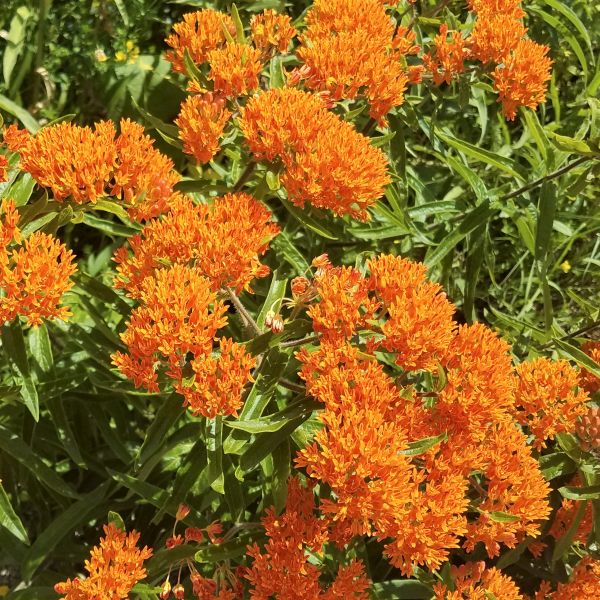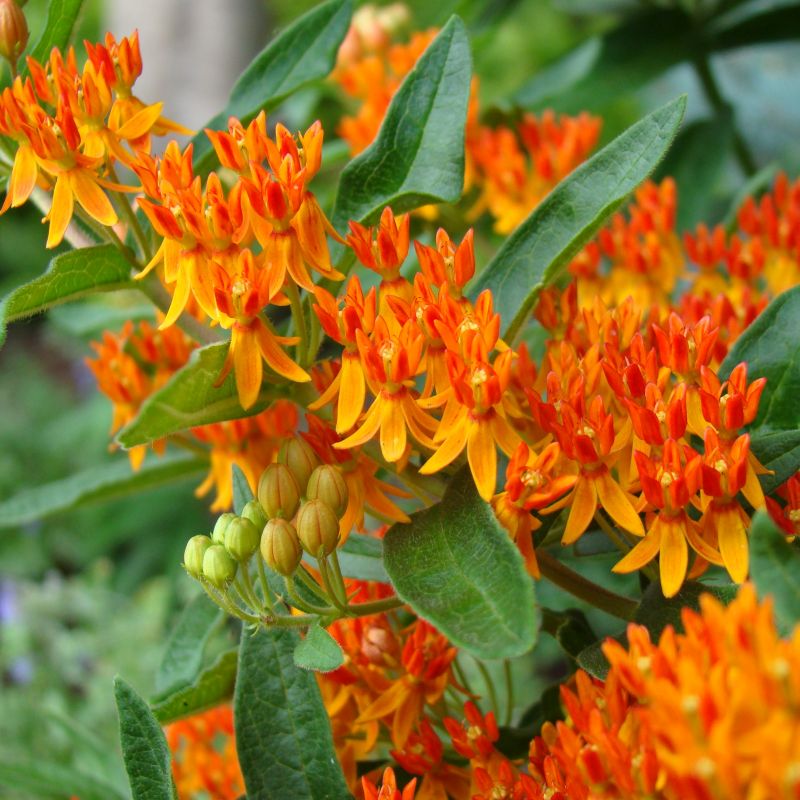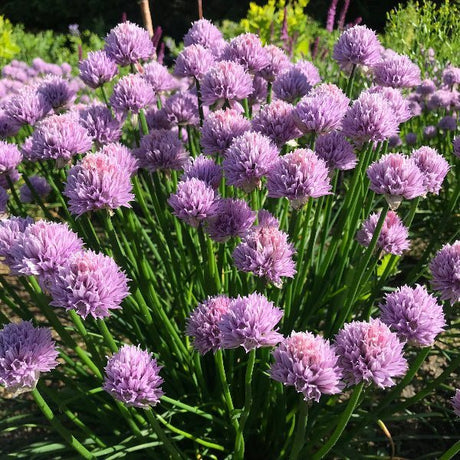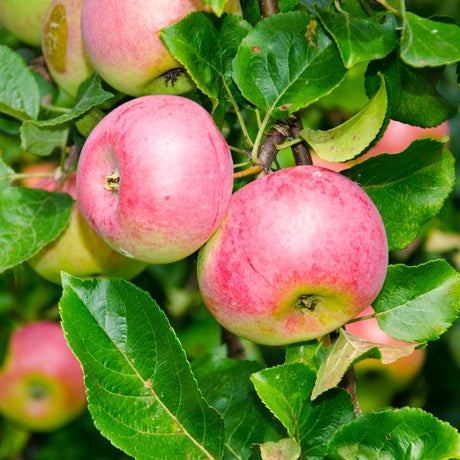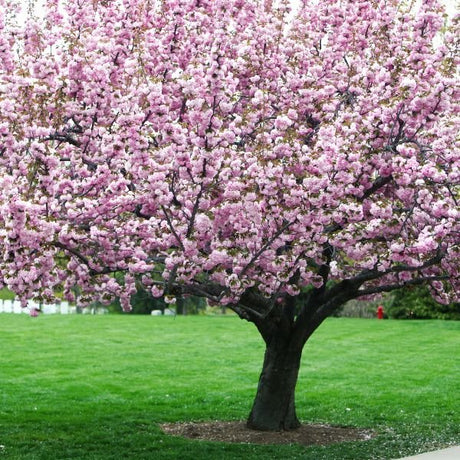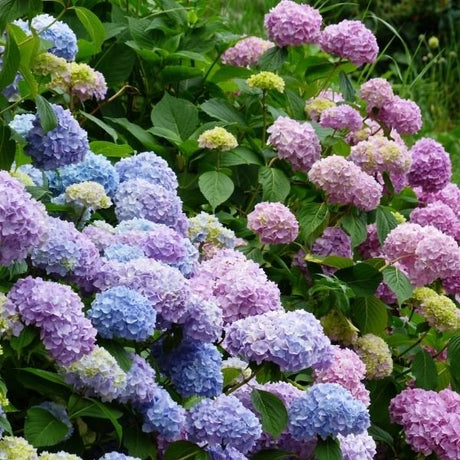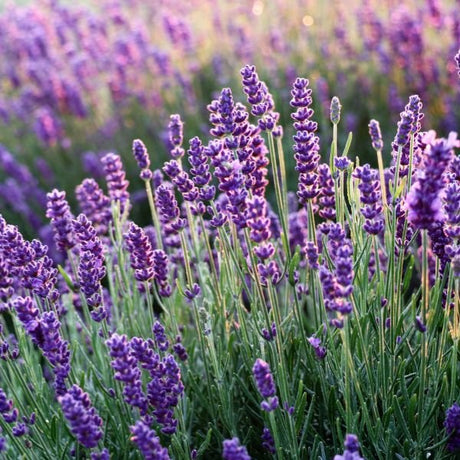Butterfly Weed Plant
Asclepias tuberosa
- Stay Protected with Plant Sentry ™
Butterfly Weed Plant - #1 Container is backordered and will ship as soon as it is back in stock.
Plant Sentry™
Plant Sentry™

Plant Sentry™ Protected
Your order is protected by our compliance system that:
- Prevents restricted plants from shipping to your state
- Ensures plants meet your state's agricultural requirements
- Protects gardens from invasive pests and diseases
Delivery and Shipping
Delivery and Shipping
Delivery and Shipping
Fast, Safe Plant Delivery
Ships in 3-4 business days • Tracking provided • Weather protected
| Under $50 | $9.99 |
| $50 - $99.99 | $14.99 |
| $100 - $149.99 | $16.99 |
| $150+ | $24.99 |
✓ Zone-specific timing • ✓ Professional packaging • ✓ Health guarantee
Understanding Plant Options
Nature Hills offers plants in two main formats:
- Container Plants: Grown in pots with soil, sized by container volume and plant age
- Bare Root Plants: Dormant plants without soil, sized by height measurements
Container Plant Sizes
Container sizes indicate plant age and growing capacity rather than liquid volume equivalents. Our containers follow industry-standard nursery "trade gallon" specifications, which differ from standard liquid gallon measurements.
Young Plants (6 months to 18 months old)
| Container Size | Actual Volume | Metric Equivalent |
|---|---|---|
| 2" x 2" x 3" | 0.18 - 0.21 dry quarts | 0.20 - 0.23 dry liters |
| 4" Container | 0.31 - 0.87 dry quarts | 0.35 - 0.96 dry liters |
| 4.5" Container | 0.65 dry quarts | 0.72 dry liters |
| 6" Container | 1.4 dry quarts | 1.59 dry liters |
| 1 Quart | 1 dry quart | 1.1 dry liters |
| 5.5" Container | 1.89 dry quarts | 2.08 dry liters |
Established Plants (18 months to 2.5 years old)
| Container Size | Actual Volume | Metric Equivalent |
|---|---|---|
| 2 Quart | 2 dry quarts | 2.2 dry liters |
| #1 Container | 2.26 - 3.73 dry quarts | 2.49 - 4.11 dry liters |
| 5" x 5" x 12" | 3.5 - 4.3 dry quarts | 3.85 - 4.74 dry liters |
Mature Plants (2-4 years old)
| Container Size | Actual Volume | Metric Equivalent |
|---|---|---|
| #2 Container | 1.19 - 1.76 dry gallons | 5.24 - 7.75 dry liters |
| #3 Container | 2.15 - 2.76 dry gallons | 8.14 - 12.16 dry liters |
Large Plants (3-5 years old)
| Container Size | Actual Volume | Metric Equivalent |
|---|---|---|
| #5 Container | 2.92 - 4.62 dry gallons | 12.86 - 20.35 dry liters |
| #6 Container | 5.25 - 6.01 dry gallons | 23.12 - 26.42 dry liters |
| #7 Container | 5.98 - 6.53 dry gallons | 26.34 - 28.76 dry liters |
Bare Root Plants
Bare root plants are sold by height from the root system to the top of the plant. Plants may exceed minimum height requirements.
Common Sizes:
- Trees: 1 foot, 2 feet, 3 feet, 4 feet, 5 feet, 6 feet
- Shrubs & Perennials: 1 foot, 18 inches, 2 feet
Important Notes
Container Volume Specifications
- Trade Gallon Standard: Our containers follow industry-standard "trade gallon" specifications established by the American National Standards Institute (ANSI Z60.1) for nursery stock
- Volume Variations: Actual soil volume may vary due to plant root systems and growing medium settlement
- Age Indicators: Container size primarily indicates plant age and maturity rather than liquid volume equivalents
Growing Conditions
- Plant size can vary based on variety and growing conditions
- Container size helps indicate plant maturity and establishment level
- Larger containers generally mean more established root systems and faster landscape establishment
Seasonal Availability
- Bare root plants are available seasonally when dormant
- Container plants are available throughout the growing season
- Specific varieties may have limited availability in certain sizes
Questions?
For questions about specific plant sizes or availability, please contact our plant experts who can help you choose the right size for your landscape needs.
Plant Highlights
Butterfly Weed Plant highlights at a glance!
-
Botanical Name
-
Brand
-
Growing Zones3, 4, 5, 6, 7, 8, 9
-
Growth RateModerate
-
Mature Height
-
Mature Width
-
Flower Color
-
NativeYes
-
Pollinator FriendlyYes
-
Bloom PeriodEarly Summer, Late Summer
Characteristics
Where To Plant
When To Prune
- Late Summer
Water & Moisture Needs
- Low
Sunlight Needs
Soil Needs
- Well Drained
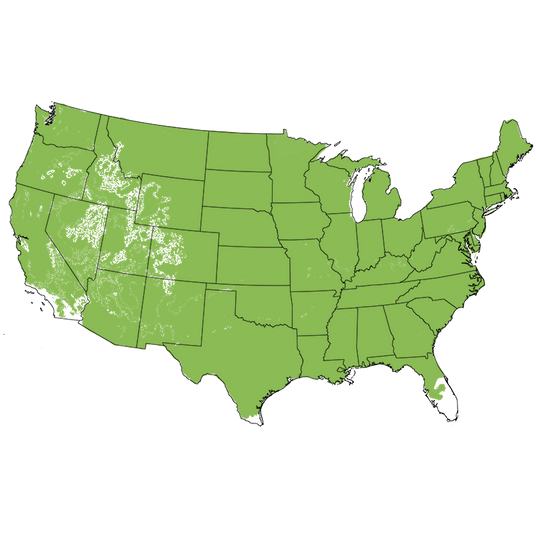
Growing Zones 3-9
Stunning Native Blooms That Bring Monarchs to Your Yard
Some flowers are so iconic that they redefine the native garden. Butterfly Weed (Asclepias tuberosa), also known as Tuberosa Butterfly Weed, Pleurisy Root, or Teflon Plant, earned its title as Perennial Plant of the Year for good reason. This native forb boasts fiery orange and yellow blooms that blaze through the summer heat, drawing in butterflies, hummingbirds, and bees by the dozen.
These vivid flat-topped clusters keep the color going for months, especially when deadheaded for reblooming displays or indoor bouquets. Monarch caterpillars rely on this Milkweed as their essential host plant, while the nectar-rich flowers provide vital food for adult butterflies and pollinators. Attract even more beneficial insects and pollinators with tips from our pollinator garden guide.
The strong, vase-shaped stems and deep taproot make Butterfly Weed incredibly hardy, handling thin, rocky soils, blazing sun, drought, and frigid cold alike. Found wild across North America, it's a symbol of resilience and renewal that no pollinator garden should be without. Learn more in our Butterfly Weed & Milkweed Pollinator Garden Guide.
>>Jump to Planting & Care Instructions
Key Features
- Perennial Plant of the Year Winner
- Brilliant orange-yellow blooms for months
- Native host plant for Monarch caterpillars
- Nectar magnet for butterflies and hummingbirds
- Handles poor, rocky, or dry soils with ease
- Drought-tolerant and heat-hardy once established
- Deer-resistant and low maintenance
- Excellent for cut flowers and container gardens
Landscaping Uses
This standout native lights up any sunny garden with fiery color and fluttering life. At 2-3 feet tall and equally wide, Butterfly Weed makes a vibrant mid-border accent or mass planting anchor.
Use it to bring warmth and movement to:
- Pollinator, butterfly, or native plant gardens
- Sunny rock gardens or tough slopes
- Wildflower meadows and prairie-style designs
- Mixed perennial borders with Coneflowers and Rudbeckia
- Children's gardens for hands-on nature learning
- Large containers or balcony planters (with deep pots for taproots)
- Naturalized areas, roadside plantings, or dry hillsides
Care & Maintenance
USDA Growing Zones: 3-9
This long-lived herbaceous perennial thrives in sunny, open sites and is ideal for xeric gardens. It's naturally adapted to drought and poor soils, one of the easiest native perennials you can grow.
- Planting Time: Spring or early fall once the soil warms
- Sun Requirements: Full sun (minimum six hours daily)
- Soil Requirements: Prefers dry to average, well-drained soil; tolerates clay, gravel, or sandy soil but not rich or soggy spots
- Moisture Needs: Water regularly during the first growing season until established; after that, they are drought-tolerant. Always use the Finger Test to check soil moisture before watering.
- Mulching: Apply a 3–4 inch layer of bark chips or mulch to retain moisture and suppress weeds. Learn how in How and Why to Mulch Your Plants.
- Fertilization Needs: Light feeder; add compost or organic fertilizer in spring if desired.
- Pruning Info: Cut stems down to the crown in late winter or early spring. To promote rebloom and prevent reseeding, deadhead faded blooms regularly.
- Division Info: Division is not recommended due to its deep taproot.
- Special Perks: Deer-resistant, beneficial insect and pollinator-friendly, drought- and heat-tolerant, thrives in poor soil, supports native wildlife.
Don't forget to order your Nature Hills Root Booster to promote strong root development and long-term success.
Bring the Heat With Butterfly Weed!
There's nothing like the fiery glow and fluttering life that Butterfly Weed brings to your garden. Monarchs, hummingbirds, and honeybees will make daily visits to your vivid orange blooms, and the seed pods that follow add interest all autumn long.
Order your Asclepias tuberosa Butterfly Weed from Nature Hills today and enjoy its effortless color, hardy nature, and pollinator power year after year!
FAQs
Is Butterfly Weed the same as Milkweed?
Yes, Butterfly Weed is a type of Milkweed (Asclepias tuberosa), a native host plant for Monarch caterpillars and an essential nectar source for pollinators.
Does Butterfly Weed come back every year?
Yes! It's a hardy perennial that reappears each spring once the deep taproot is established.
How do I get Butterfly Weed to rebloom?
Deadhead faded blooms to encourage repeat flowering and prevent self-seeding.
Can Butterfly Weed grow in clay or rocky soil?
Yes. It thrives in tough, dry, or rocky conditions, just make sure the soil drains well. Learn more about clay-tolerant plants that handle similar conditions.
Do I need to plant more than one Butterfly Weed for pollinators?
No, one plant produces ample nectar for butterflies and hummingbirds. But planting multiples increases visual impact and attracts more pollinators and beneficial insects!

